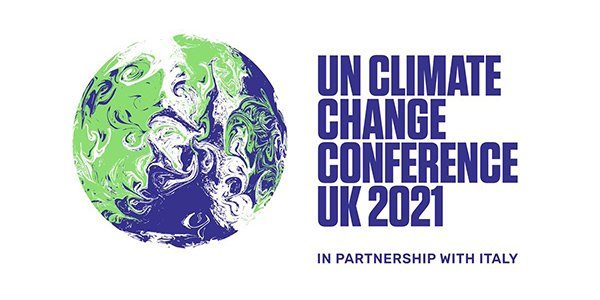The agreement to create an international carbon trading system was one of a slew of announcements made at the United Nations Climate Change Conference in Glasgow, which concluded Saturday.
This global carbon market, also known as Article 6, was established six years ago as part of the Paris climate agreement. Nevertheless, officials in Glasgow completed the laws governing the marketplace, hoping that this will result in a surge in carbon trading and renewable energy investments.
Informal carbon markets are already prospering, despite the fact that they are subject to little regulation and lack of transparency over pricing. It is estimated by experts that more than $1 billion in carbon units will be exchanged by the end of the calendar year.
What it is and how it works
A carbon market allows governments and private companies to buy and sell pollution credits in the same way that Pokémon cards are traded.
For example, if you are a country that is already reducing emissions below your targets, you may sell credits to another country that is falling behind on its climate-change goals and earn money in the process.
In addition, companies that want to offset their emissions with carbon removal operations, such as planting trees, can trade carbon credits with one another.
However, what exactly is a carbon credit? It is a permit that corresponds to one tonne of carbon dioxide that has been removed from the atmosphere. Credits are generated as a result of programmes that reduce or eliminate the emission of CO2 and other greenhouse gases from the atmosphere.
There was a spirited dispute.
Carbon markets, according to their proponents, have the potential to unleash billions of dollars in investment in renewable energy projects and environmental protection measures. They claim that an uniform carbon market will allow for the effective deployment of capital to the projects that will have the greatest impact on reducing emissions.
Critics argue that unfettered carbon trading encourages businesses to “greenwash” their operations by utilising carbon offsets as a window dressing to conceal their polluting practises.
With the development of a worldwide carbon market and the pledge by more than 400 large financial institutions to direct their investments toward emissions reductions, the United Nations Conference on Climate Change (COP26) will be remembered as a watershed moment in climate finance.

